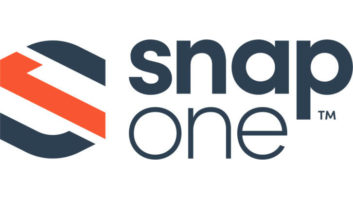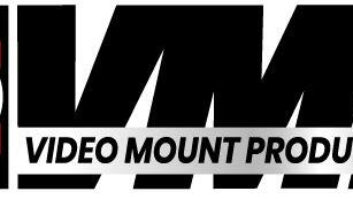
If there is one truth in the world of consumer technology, it’s that nothing stays in one place.
Change is the one constant, whether that applies to new companies, new brands, new products, or new channels. You can be king of the Best Buy aisle one Christmas, and an afterthought a year later.
From a branding standpoint, the companies that often have the hardest time navigating these choppy waters are the established names. In a way, you can understand their consternation with this feverish pace: Companies like Bose and Sony were kings of the headphone market until Beats came bouncing happily into their sandbox and blew the whole thing to pieces. Canon, Olympus, and Nikon had a nice, tidy little business with cameras, only to watch GoPro fall out of the sky and surf across them, and suddenly there were bikers and parachutists running in all directions taking gobs of market share with them.
You can imagine the shock this must have caused inside those companies. But after the dust had settled from the chaos, they had to step back and decide what to do next. Often the result was predictably reactionary, as they chose to chase the newer brands and try to twist their own into a new shape to resemble the newcomers.
Last January at CES for example, Polaroid announced its competitor to the GoPro camera (Cube), which was met with the predictable yawn from the market.
The problem for Polaroid is that it misunderstood its competition. The reality is that GoPro is not a camera company; it’s a media company with a camera in the middle of it. Polaroid could knock off the hardware, but it couldn’t ape the brand and the community. GoPro is as much a lifestyle as it is a product, and in fact is almost becoming synonymous with the action: “Hey, did you GoPro that?”
And that was not what the Polaroid brand represented in the market, or what it felt like to the audience.
In reality, chasing the tail of another company’s brand is a recipe for disaster anyway. The only way to get the customer back is to get ahead of the competition, or turn around the customer. And the only way to do the latter is to get back inside your brand instead of reaching outside.
As counter intuitive as it sounds, sometimes going back to your company’s roots is the best way to find the new path forward.
Take Crosley as a perfect example. It’s been around since the 1920s, and were best known to our grandparents for making the best-selling TVs of the 1950s. If there was any brand that was a creaky old electronics name it was Crosley, which at one point was reduced to pumping out ersatz juke boxes for catalogs like Sharper Image and SkyMall.
Then the iPhone and personalized music arrived on the scene, and it was the final nail in their coffin, right?
Wrong.
Crosley chose to turn the customer around instead. Did they do a digital music player? Nope. A bitchin’ branded headphone that would be the “next Beats”? Not a chance.
Instead, Crosley started making record players again, and rode that vinyl wave right back into prominence. Now they command a massive presence on the floor of CES, and have wormed their way into almost every possible alternative CE channel. Checked out the ground floor of an Urban Outfitters lately? No clothes, but a ton of Crosley.
Instead of chasing the tail of another brand, they turned around and came back to themselves.
In fact, let’s talk about our good friends at Polaroid again. Yes, in retrospect even they probably realized that trying to chase down GoPro was maybe not the greatest idea in the world. So last month the company came out with a new product, the Polaroid Snap. It is a friendly little digital camera that can pump out prints. You know who that feels like? It feels like Polaroid, and the great thing is they are playing the same card as GoPro. As much as GoPro is synonymous with an action, so is the word “Polaroid.” In getting back to who they are and what they stand for, they suddenly found a new forward, and a new product.
So they next time you find yourself in the position of being an established company that’s under assault by a crazed pack of new brands, stop and think about who you are and what your brand stands for. You may find out that chasing a new brand may not be the best way forward.
The best way forward may be to go back to who you are.
Christopher Caen is a frequent contributor to TWICE and The Huffington Post. He is also a partner and chief brand strategist at Theory Associates, a strategic branding agency that creates demand for some of the top names in technology. He can be reached at [email protected].













